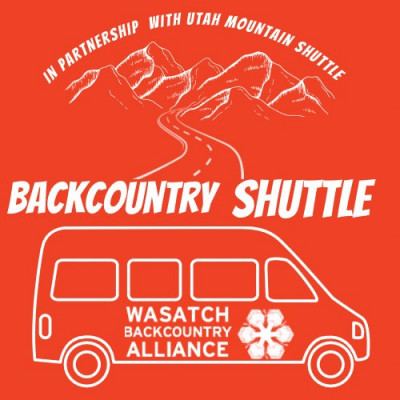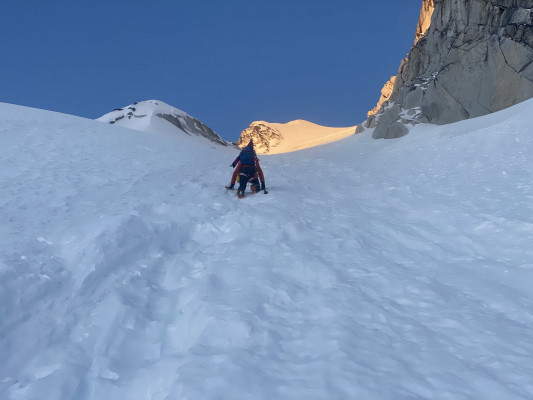12/30/2021 Hydrating in the Backcountry
Being dehydrated and lethargic on the skin track will slow you down. But so will schlepping around unnecessary, excessive amounts of water - or as Eric Bunce calls it, “taking your water for a walk.” And then there are those times when your water freezes into a useless, heavy brick - the worst of both worlds!
So how do you toe this delicate line between too much and not enough water?
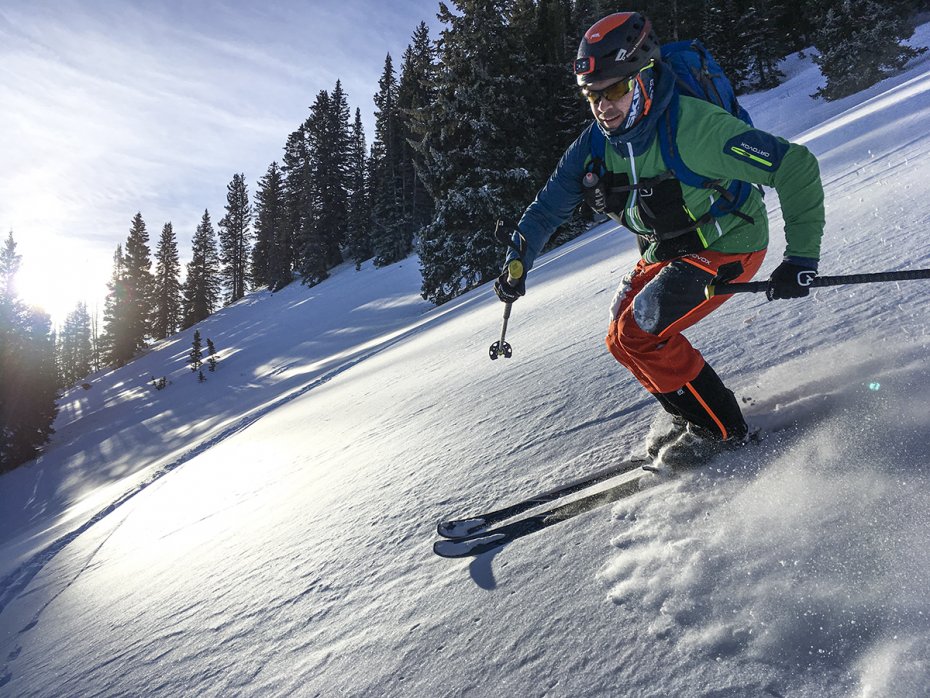
First, start off with thinking about how much water you’ll need for the tour. Some say a good rule of thumb is consuming .5L per hour - but the actual amount will depend on the individual skier’s typical requirements and other variables. Consider the temperature since warmer means more water, but don’t think that really cold weather means you won’t need water at all! Realistically though, you’ll probably need less on a frigid day than a sweltering, sun soaked day.
Similarly, think about the pace of the tour. A casual skin - however you personally define that - won’t call for nearly as much water compared to a day of fast paced, intense movement (i.e. racing).
The last factor, and perhaps the most obvious, is how long you’ll be out in the mountains. For example, a quick dawn patrol lap won’t require nearly the same amount as an all-day, 10k tour - regardless of the pace or temps.
Next is the fun part - how to carry it all. Choose between front access, pack storage, hose sippage, or D. none of the above.
Front Access:
This is the Skimo Co fan favorite because of its efficiency. With water attached to your pack’s shoulder strap, you can easily drink without having to stop and take off your pack. Short breaks - like when your buddy stops to take a quick selfie for the ‘gram - are long enough for a quick slurp spot. Hell, you can even sip while skinning if you’re the type of person who can walk and chew gum at the same time.
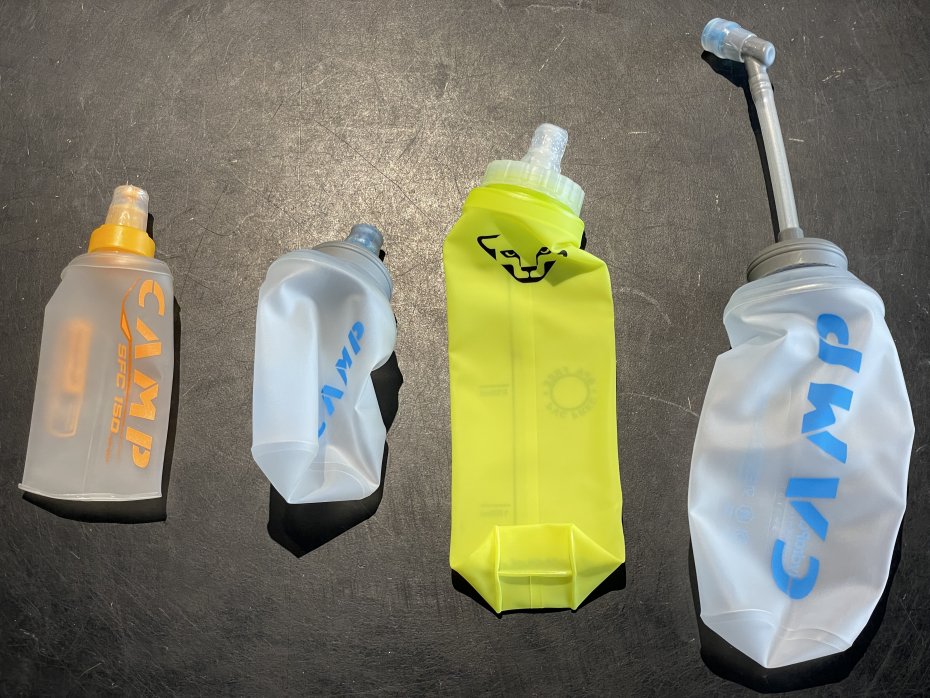
Choose from hard bottle or soft flask options, straw or no straw. Soft flasks have the added benefit of fitting in your jacket’s skin pockets so that you can prevent them from freezing on especially cold days. This method also generates more water! Just leave a little bit of water in the soft flask, fill with snow, warm up in your jacket, and voila - more water! Racers and other go-hard folks also utilize the tiny 150ml flasks to dilute gels with water to make them go down much easier.
Pack Storage:
Toss the water in a pack. This is the simplest option and allows you to use whatever bottle you damn well please. Along with that also comes the freedom to get creative - just be sure it doesn’t freeze on cold days. Some swear by starting with warm water and/or storing their Nalgene upside down so that the cap is less likely to freeze. Another way to combat that is to bring an insulated bottle of herbal tea, miso soup, or just plain hot water and continually add snow to top it off. Coffee isn’t usually recommended because it’s a diuretic, but then again, it also gives you energy (and tastes great.) An obvious con to the heated thermos approach is the weight penalty.
Hose Sippage:
The Camelbak - err, “water reservoir” - approach is immensely popular for all sorts of fair weather mountainous activities and for good reason. Keep the water in your pack, out of the way, and sip from a convenient hose. For winter though, most folks see limited success as the exposed hose freezes rather quickly. Some say if you blow back into it, use an insulated hose, or keep the nozzle warm in your jacket, you’ll have better luck. Jury is still out but for warm spring days, this option is pretty great.
No Water!
Fast and light! Skimo Co owner, Jbo, prefers the parched approach for quick tours. As he says, put the water in your belly and go ski! In other words, start properly hydrated and have water waiting for you in the car. Honestly, this is good advice whether you bring water along or not. Be sure to experiment with this dry approach before finding out that skiing a steep, exposed line with cramped legs and a headache isn’t so smart. Perhaps the safest bet is to bring emergency water and experiment with not drinking it? Our lawyers want us to make it clear that we’re not advocating for this technique, merely including it for thoroughness. Wink, wink.
Option 5
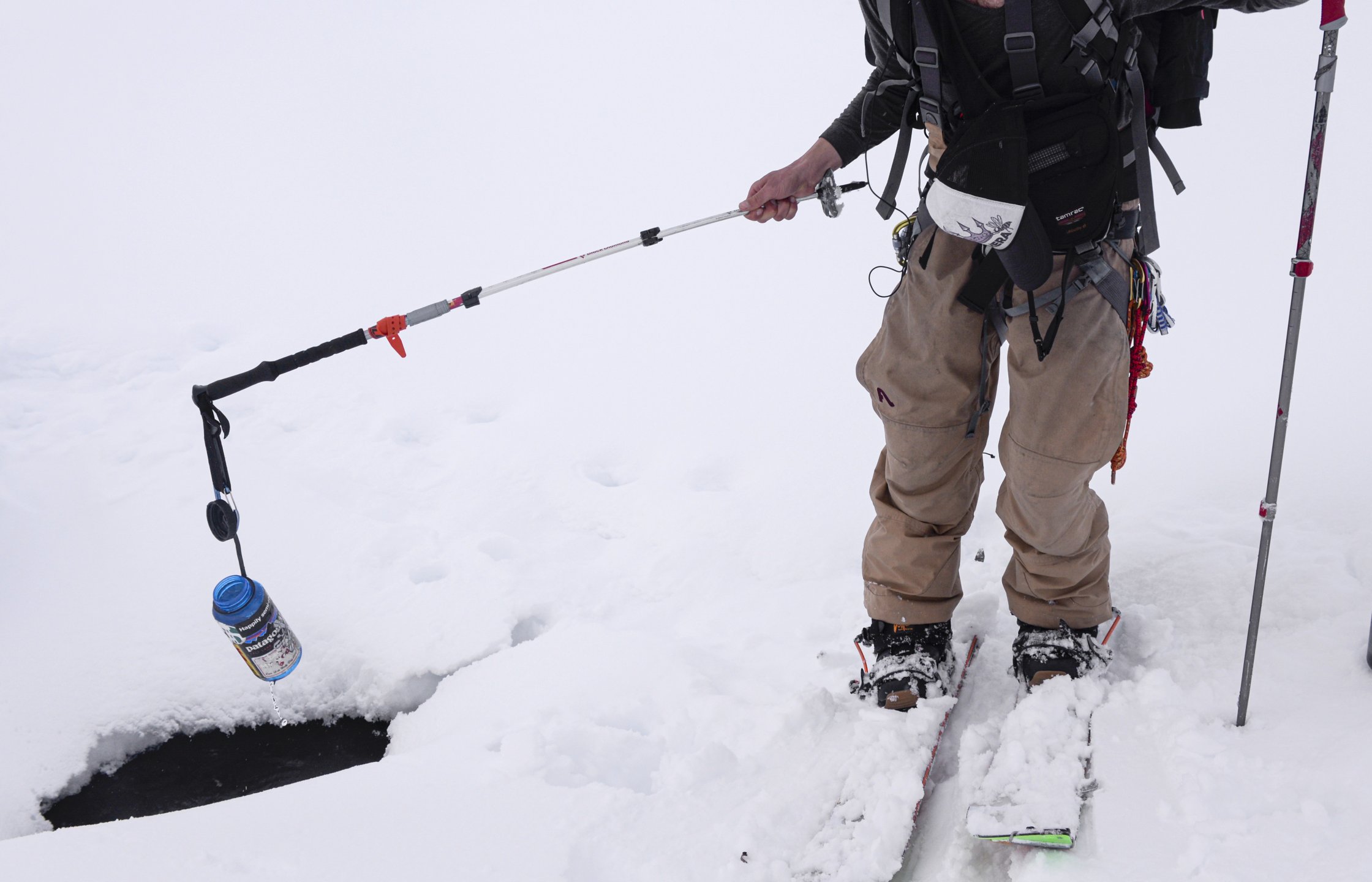
Alright, so there’s actually a fifth option for the really intrepid skiers among us, particularly in the spring time - filtering natural water! If you know there’s going to be a readily accessible source of water (i.e. not ice-covered or down a sketchy terrain trap), you can bring a filter to fill as you go. There’s even a soft flask with a filter built into the nozzle! To go truly light, try the purification tablets.
Bottom Line:
When it comes to hydrating on the skin track, there are a lot of options and variables to play around with, including electrolyte tabs and drink mixes.
The best advice is to experiment and see what works best for you. If you consistently end each day with a lot of water leftover or, inversely, get back to the car with a splitting headache, you probably need to reevaluate your approach. And while we’ve heard murmurs of adding a splash of vodka to your bottle to prevent freezing, we can neither confirm nor deny that this is a good idea.
Comments
End of season you can find great deals on these warmers at your favorite store.
Attached to radios,cell phone and cameras also prolong battery life
My 2 cents!





